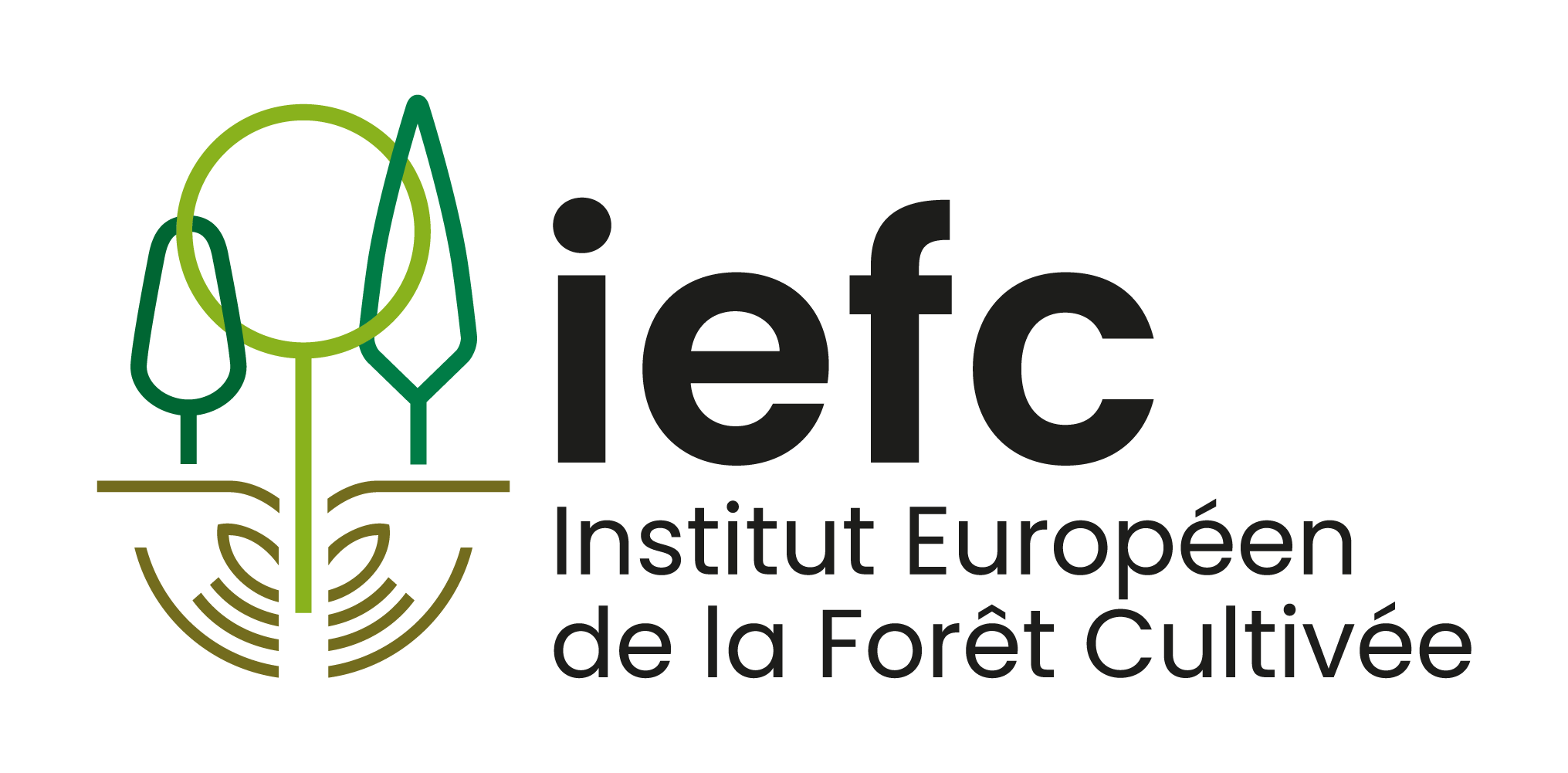Chestnut gall wasp
Dryocosmus kuriphilus Yasumatsu (Hymenoptera, Cynipidae)
Host tree
Chestnut species (Castanea spp)
Identification
- The numerous galls are easily observable on chestnut leaves and petioles. They are green-red in spring and summer and often remain as brown galls in winter.
- Attacked shoots and leaves show reduced growth.
- Heavily infested trees show a decline in crown density.
- Adult wasps are very small and eggs in buds are hardly visible.
Damage
- Heavy attacks lead to severe yield reduction both in chestnut orchards and in forests.
- Severely attacked trees show signs of decline. It is not clear whether repeated defoliation may kill trees directly but attacked trees are more prone to chestnut blight.
- Since D. kuriphilus is newly invasive in Europe, a proper assessment of its long term impact on the economy, society and environment is needed.
Biology
- There is one generation per year.
- Eggs overwinter in buds.
- Galls containing several larvae develop in spring on young shoots and leaves, reducing their growth.
- Adults fly from mid-May to July depending on the climate and lay eggs in new buds.
Risk factors
- All chestnut trees in Europe are at high risk, although some cultivars appear more resistant.
Distribution
- Dryocosmus kuriphilus originates from China and was first found in Italy in 2002, from where it spread to other European countries: France, Switzerland, Slovenia, Hungary, Croatia, Czech Republic, Austria, the Netherlands, Germany, etc. Also invasive in the USA.
Pest management
Monitoring
- Dryocosmus kuriphilus is a quarantine organism in Europe. The movement of chestnut plants in and from infested regions is regulated.
Preventive measurements
- New infestations are usually only seen when galls are formed on the leaves, i.e. too late for eradication.
Curative control
- Chemical control is difficult because larvae feed internally.
- A biological control programme is presently being carried out in Italy and in France though the importation of Torymus sinensis, a specific parasitoid originating from China.
- Not all chestnut varieties are similarly susceptible to the wasp. The development of resistant varieties is presently being considered.
Climate change
- It is too early to assess the effect of climate change on this insect because it has not yet reached its potential distribution in Europe and its trophic relationships are still evolving.
